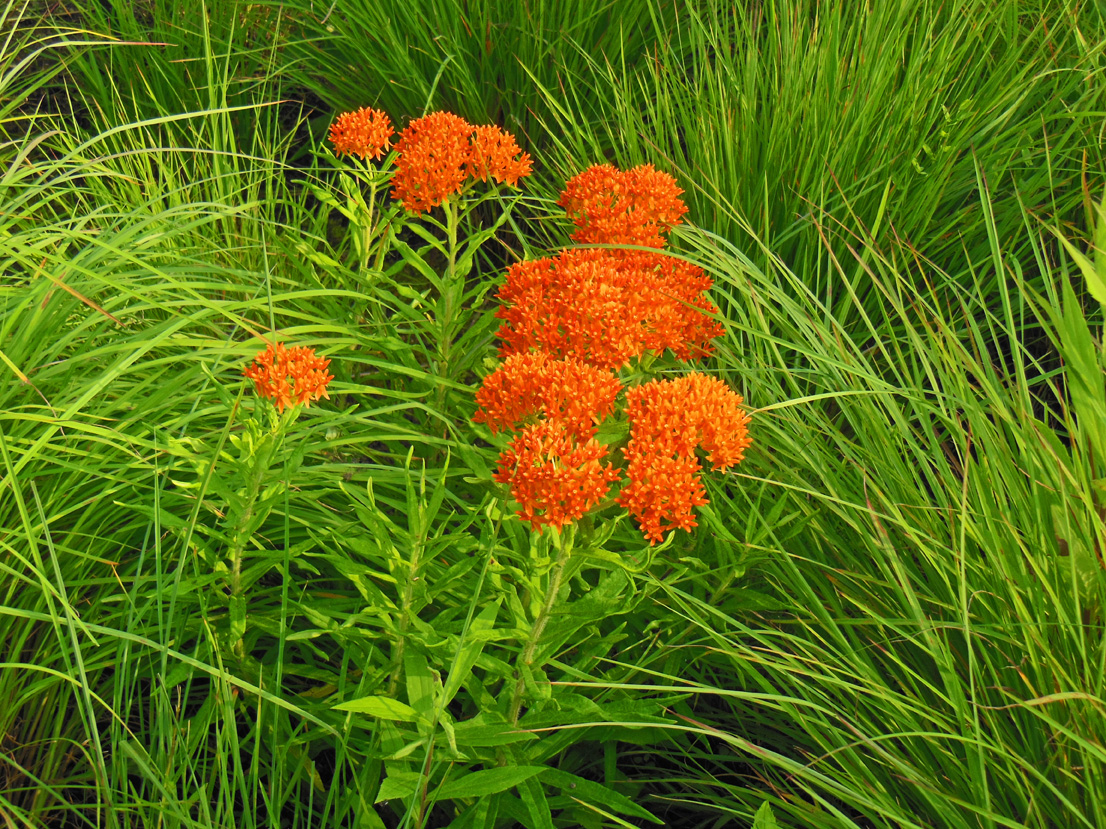Plant Fall Blooming Aster Flowers
Grow Aster Flowers for Fall Color in the Garden
Asters are daisy-like flowers named after the Greek word for “star.” When blooming, its stems seem almost invisible, making each flower seem to float star-like above the rest of the bed. There are spring- and summer-blooming aster varieties; however, the most popular varieties in garden centers are typically fall-blooming. During the bloom season, and aster can bring a remarkable amount of color and personality to a perennial border which might be ebbing in its growth and browning up for the year.
Growth habits vary from compact mounds to larger perennials nearly 5 feet wide. Asters look surprisingly unattractive until they bloom, something like green sticks with tiny buds. But when cool weather hits, the flowers explode like a colorful fireworks show. Below is an excerpt from the Illinois Getting Started Garden Guide which can help you get started with this beautiful late fall bloomer.
Aster Flowers Plant Growing Guide
- Botanical name — Aster spp.
- Bloom Period and Seasonal Color — Fall to late fall; white, blue, lavender, and pink flowers (last to bloom in my Midwestern garden – late October)
- Mature Height × Spread — 1 to 3 feet × 1 to 5 feet (variable)
- Added Benefits – Attracts Beneficial Insects
- Sun Requirements – Sun, Part Sun, Part Shade
When Where and How to Plant Aster Flowers
Asters do well in normal to clay soil, are drought-tolerant, and look marvelous naturalized, particularly along a woodland border or perennial garden. Plant in the full sun whenever possible, though the plant does well in part sun conditions. When planting, mix into the soil organic matter such as rotted leaf compost or composted manure to keep this long-lived plant happy. Richer soils will produce taller plants that occasionally grow beyond the predicted height and spread.
Aster Flowers Growing Tips
Fertilize rarely as over-fertilization results in a large floppy plant. If you get less than 1 inch of rain per week, you should supplement with additional water. Some asters are quite sensitive to water issues; too little or too much water can result in lower leaf drop and less flowering. Consistent watering provides a better environment for your aster plants.
Advice and Care –
Asters are susceptible to powdery mildew, so they should be watered at the base of the plant in the morning whenever possible and allowed to dry out before evening. Divide the plants in the spring every three years or so. Tall asters can benefit from staking. Pinching the plants back until the first of July will keep the plant more compact.
Companion Planting and Design –
Understand the growing nature of your aster flowers before you plant it so that you know where it might fit best within your garden beds. For example, if it is a dwarf cultivar, it will do well planted as an edger along the front of the border. If it is a taller aster, plant at the back of the border. Asters look fantastic as a companion plant in front of artemisia and goldenrod. Try mixing asters in with ornamental grasses for a shot of amazing color during bloom time.
Aster oblongifolius ‘October Skies’ is a powerhouse in the late fall and my absolute favorite, blooming through October when the other plants have gone to sleep. A. amellus ‘King George’ has extra-large violet-blue flowers that make a big impact in the fall garden. A. novi-belgii ‘Bonningdale White’ is a remarkably hardy white variety.
Want to learn how to grow all types of plants, particularly in the Midwest? Please get my book, the Illinois Getting Started Garden Guide.


Asters and Mums are my favorite fall blooming plants. Just when so much is done we are able to get some new color to the garden. 🙂